Optimal Timing for Waterproofing Applications
Waterproofing is a crucial process to protect structures from water infiltration, which can lead to damage, mold growth, and structural integrity issues. Proper timing ensures the effectiveness and longevity of waterproofing applications, making it an essential consideration for property owners and contractors.
Spring is ideal for waterproofing as temperatures are moderate, allowing materials to cure properly and ensuring effective adhesion.
These seasons offer stable weather conditions with less rainfall, providing optimal conditions for waterproofing projects.
Cold temperatures can hinder the curing process of waterproofing materials and increase the risk of cracks or failures.
Timing depends on completion of structural work; typically scheduled after major construction phases to prevent water ingress during and after building.
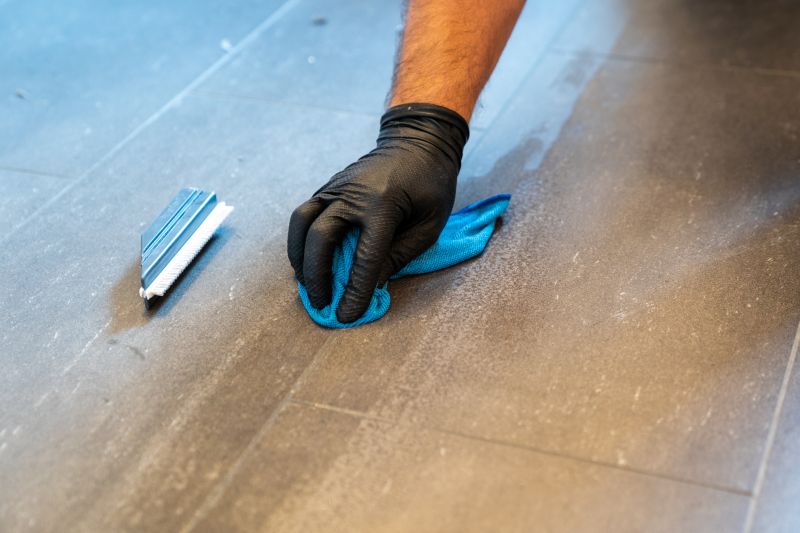
Ways to make Waterproofings work in tight or awkward layouts.

Popular materials for Waterproofings and why they hold up over time.
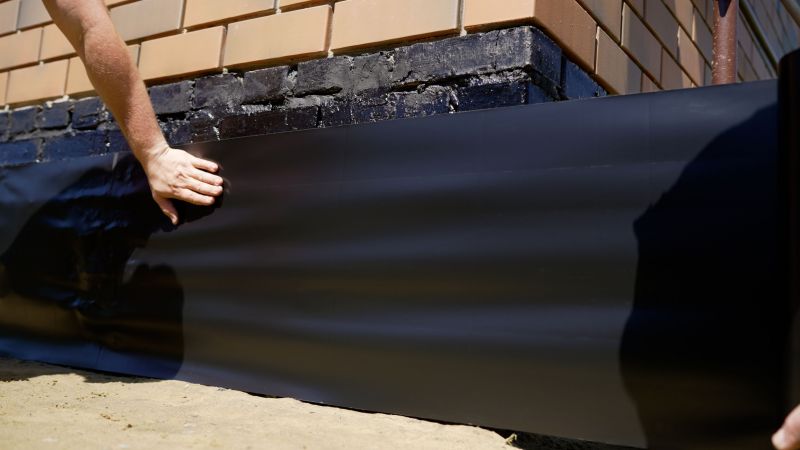
Simple add-ons that improve Waterproofings without blowing the budget.
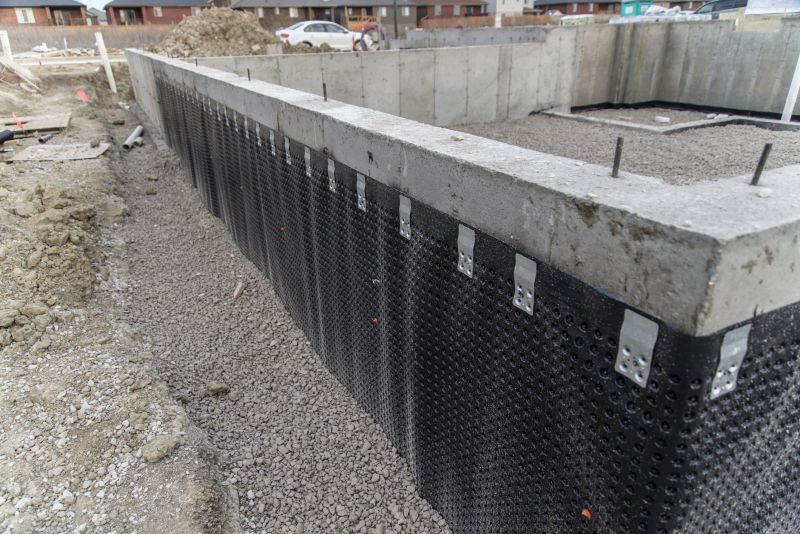
High-end options that actually feel worth it for Waterproofings.
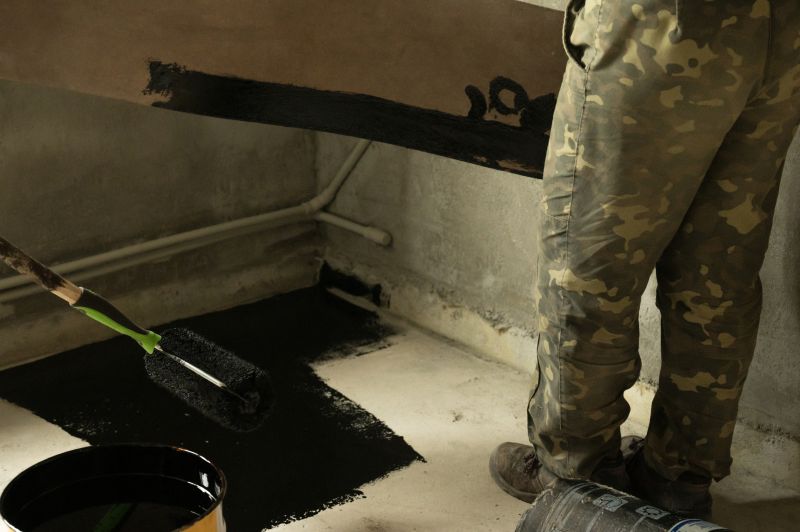
Finishes and colors that play nicely with Waterproofings.

Little measurements that prevent headaches on Waterproofings day.
| Season | Best Practices |
|---|---|
| Spring | Ideal for new waterproofing applications due to moderate temperatures. |
| Summer | Suitable if weather conditions are dry and stable. |
| Fall | Optimal before the rainy season begins, ensuring protection. |
| Winter | Not recommended due to low temperatures and potential for frost. |
Waterproofing techniques vary based on the type of structure and environmental conditions. Common methods include membrane systems, liquid coatings, and sealants, each requiring specific conditions for optimal performance. Proper timing enhances the durability of these materials, preventing water ingress and related damages.
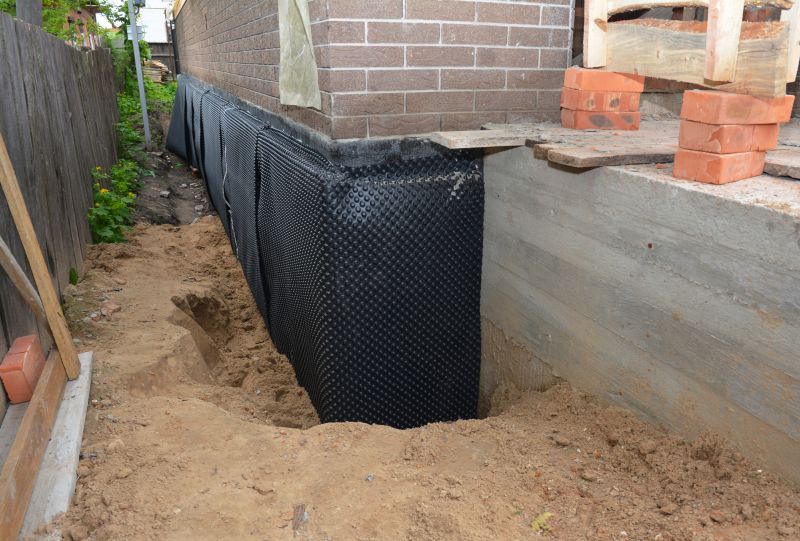
A 60-second routine that keeps Waterproofings looking new.

A frequent mistake in Waterproofings and how to dodge it.

Small tweaks to make Waterproofings safer and easier to use.

Lower-waste or water-saving choices for Waterproofings.
Interested property owners or contractors seeking effective waterproofing solutions are encouraged to contact for detailed assessments and tailored recommendations. Proper timing and application are key to ensuring long-term protection against water damage.

